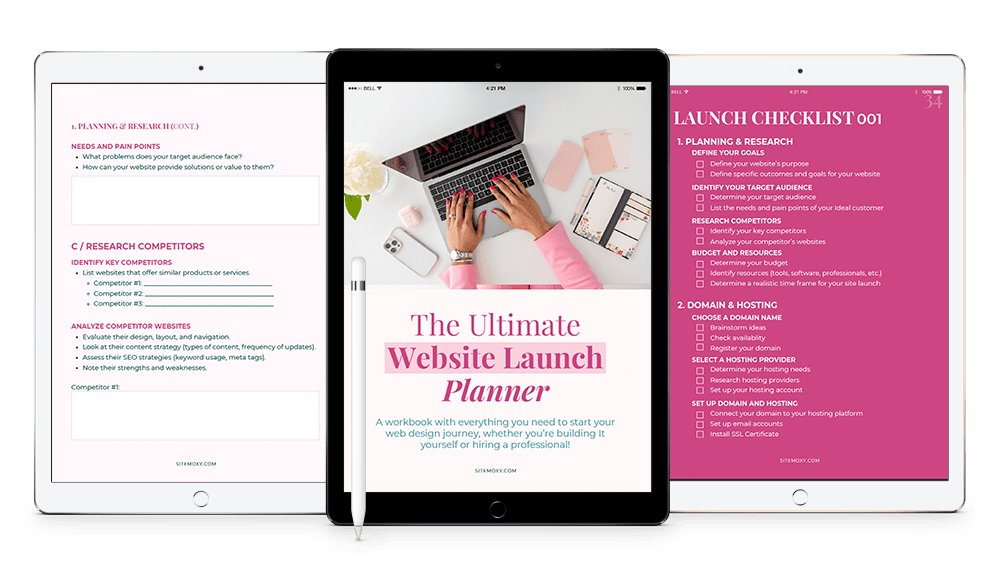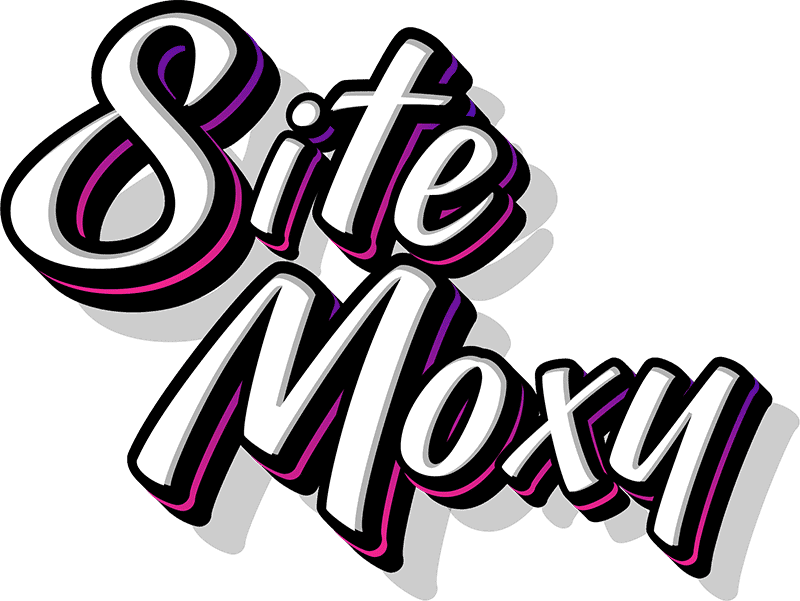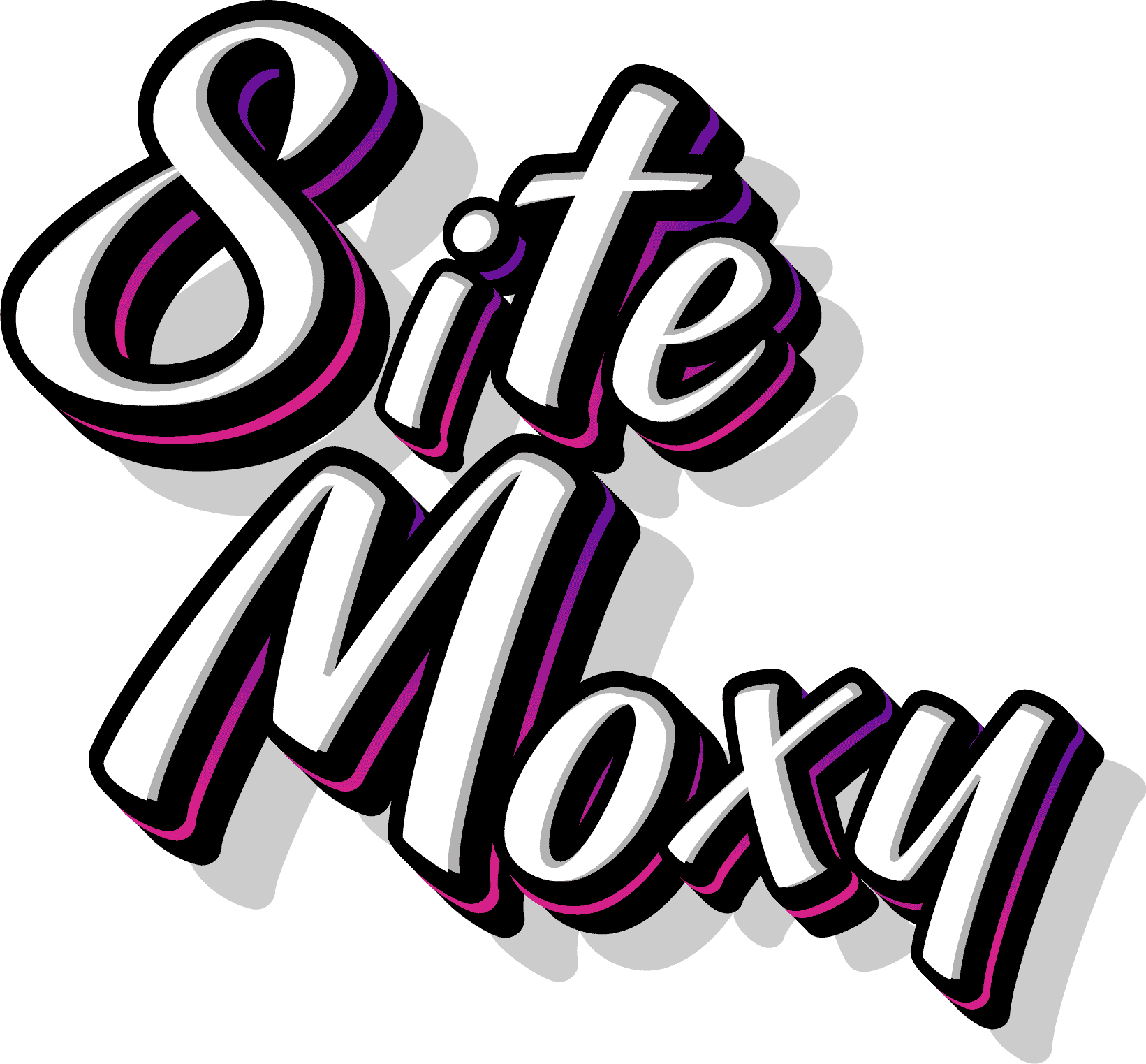12 Steps to Find Your ideal client or customer

Ok, true story.
I didn’t create my ideal client avatar until four years into my business.
I knew who I wanted to be working with. I knew the types of businesses I wanted to work with. But I just held off.
WHY?
I felt like if I ‘pigeonholed’ myself into figuring out my ideal client, then I would be limiting who I could work with.
But here’s the thing. You can still work with WHOEVER you want to work with. It’s totally up to you!
The point of having an ideal client persona is to help us know:
- how to craft our message
- where to focus our marketing time and dollars
- who to build relationships with
- which tech to use
- the types of freebies to offer
- and on and on and on.
This is not an exercise to limit you. It’s a way to focus and to discover the people who want and need and LOVE your business or service!
Step 1: Know Thyself, Know Thy Brand
Before you can find your perfect match, you need to do a little soul-searching.
Grab a cup of coffee (or matcha, if that’s your thing) and ask yourself these key questions:
- What problem does my business solve?
- What values does my brand stand for?
- What’s my brand’s unique personality?
Take a good, hard look in the mirror.
Your brand's identity is the first step in attracting clients who resonate with your message.
Are you the quirky, fun-loving brand that’s all about sustainability, or the sleek, professional service that screams luxury?
Own it, flaunt it, and let it shine in every aspect of your business.
Step 2: Create Your Client Avatar
Now that you’ve got your brand identity down, it’s time to create your client avatar – your ideal customer profile.
Think of this as your business BFF, the person who gets you and your product.
Here’s how to sketch them out:
- Demographics: Age, gender, location, occupation, income – the basics.
- Psychographics: Interests, hobbies, values, lifestyle – what makes them tick.
- Pain Points: What keeps them up at night? What problems are they desperate to solve?
- Buying Behavior: How do they shop? Online, in-store, impulsively, or after thorough research?
Give them a name, a face, a backstory – make them as real as possible.
Ideal Client: Sarah
Meet Sarah, a 30-something marketing manager in NYC who loves yoga, eco-friendly products, and is constantly on the lookout for time-saving hacks.
She’s stressed about balancing work and life, and she values authenticity and quality over cheap thrills.
Step 3: Stalk Your Avatar (In a Non-Creepy Way)
Alright, Sherlock, it’s time to put on your detective hat. 🕵️
To truly understand Sarah (or whoever your avatar is), you need to know where she hangs out online and offline. This is where the fun begins:
- Social Media: Which platforms does she use? Instagram for visual inspo, LinkedIn for professional growth, Pinterest for DIY projects?
- Online Communities: Is she active in Facebook groups, Reddit forums, or niche communities?
- Blogs and Websites: What kind of content does she consume? Lifestyle blogs, business news, wellness sites?
Dive into these spaces and observe.
Engage in conversations, ask questions, and listen to what your potential clients are saying.
The more you know about their habits and preferences, the better you can tailor your approach.
Step 4: Craft Your Message
You’ve done your research, now it’s time to speak their language.
Your marketing messages should resonate with your ideal client's desires, fears, and aspirations.
- Be Authentic: Millennials (and pretty much everyone else) can smell a fake from a mile away. Keep it real and honest.
- Use Their Words: Mirror the language and tone they use. If Sarah loves talking about “self-care routines” and “work-life balance,” incorporate those phrases into your messaging.
- Solve Their Problems: Highlight how your product or service can make their life easier or better. Show empathy and understanding of their struggles.
Step 5: Hang Out Where They Hang Out
You’ve got your message, now you need to get it in front of the right eyes. 👀
Here’s how to strategically place yourself in your ideal client’s path:
Your marketing messages should resonate with your ideal client's desires, fears, and aspirations.
- Social Media Ads: Target ads specifically to the demographics and interests of your ideal client. Facebook and Instagram ads are particularly effective.
- Content Marketing: Create blog posts, videos, and social media content that addresses your client’s pain points and interests. SEO is your friend here – think about what they’re searching for online.
- Collaborations: Partner with influencers, brands, or businesses that your ideal client already follows and trusts. Guest blog, do Instagram takeovers, or host joint webinars.
- Events and Webinars: Host online and offline events that attract your ideal client. This could be anything from a webinar on stress management (hello, Sarah!) to a pop-up shop in a trendy part of town.
Free Download! The Ultimate Website Launch Planner
Download this free workbook with everything you need to start your web design journey, whether you’re building It yourself or hiring a professional!

Step 6: Build Relationships
Finding your ideal client is just the beginning.
Once you've caught their eye, you need to keep them engaged and coming back for more.
Here’s how to nurture those relationships:
- Email Marketing: Collect emails through your website and social media channels, and send out valuable content, updates, and exclusive offers. Personalize your emails to make them feel special.
- Exceptional Customer Service: Go above and beyond to make your clients feel valued. Prompt responses, thoughtful gestures, and solving issues efficiently will turn customers into loyal fans.
- Community Building: Create a community around your brand. This could be a Facebook group, a hashtag on Instagram, or a loyalty program. Encourage your clients to share their experiences and connect with each other.
Step 7: Analyze and Adapt
The quest for the ideal client doesn’t end with the first sale.
Continuously analyze your efforts to see what’s working and what’s not.
Here are some metrics to keep an eye on:
- Engagement Rates: How are people interacting with your content? Are they liking, commenting, and sharing?
- Conversion Rates: How many of your website visitors are turning into paying customers?
- Customer Feedback: What are your customers saying about your products and services? Use surveys, reviews, and direct feedback to gather insights.
Don’t be afraid to tweak your strategies based on what you learn.
The market is constantly evolving, and your approach should be too.
Real Talk: Challenges and Tips
Finding your ideal client isn’t always a walk in the park. Here are some common challenges and how to tackle them:
Challenge: Narrowing Down Your Audience
Don’t try to be everything to everyone. Focus on a niche and dominate it. You can always expand later.
Challenge: Standing Out in a Crowded Market
Be unique. Highlight what makes your brand different and better. Authenticity and a strong brand voice go a long way.
Challenge: Keeping Up with Trends
Stay informed. Follow industry news, attend webinars, and engage with thought leaders. Adapt quickly and be flexible.
Step 8: Leverage Technology
In today’s digital age, technology is your best friend when it comes to finding and engaging your ideal client. Here are some tools and strategies to consider:
- Customer Relationship Management (CRM) Software: Tools like HubSpot or Salesforce can help you keep track of customer interactions, segment your audience, and personalize your marketing efforts.
- Analytics Tools: Google Analytics, social media insights, and email marketing analytics provide valuable data on customer behavior, helping you refine your strategies. At Site Moxy, we use Dubsado, which we love!
- Automation: Use marketing automation tools to streamline your campaigns, from email marketing to social media posts. This ensures consistent engagement without overwhelming your team.
- Chatbots: Implementing chatbots on your website can improve customer service and capture leads, providing instant responses to potential clients’ queries.
Step 9: Offer Value First
One of the best ways to attract and retain your ideal client is by offering value upfront.
This could be in the form of free resources, educational content, or exclusive offers.
Here are some ideas:
- Free Ebooks or Guides: Create comprehensive resources that address your clients’ pain points. For example, if you’re a fitness coach, offer a free guide on how to stay fit while working from home.
- Webinars and Workshops: Host free online events where you share valuable insights and tips. This not only positions you as an expert but also builds trust with your audience.
- Exclusive Discounts: Offer special discounts or early access to new products for your email subscribers or social media followers. This makes them feel valued and appreciated.
Step 10: Ask for Referrals
Word-of-mouth is a powerful tool in finding your ideal clients.
Encourage your existing satisfied customers to refer friends and family.
You can make this easier by:
- Creating a Referral Program: Offer incentives like discounts, free products, or exclusive perks for customers who refer others to your business.
- Asking for Reviews: Encourage happy clients to leave reviews on your website, social media, or third-party review sites. Positive reviews build credibility and attract like-minded clients.
Let's Get Practical: Real-World Examples
Sometimes, seeing how others have done it can be super helpful. Let’s take a look at a few businesses that have nailed the art of finding their ideal clients.
Glossier, the beauty brand beloved by millennials and Gen Z, has a laser-focused approach to finding their ideal clients.
They zeroed in on a demographic that values minimalistic beauty and authentic experiences.
Glossier engages with their audience on Instagram, creating content that feels personal and approachable.
Their user-generated content strategy, where customers share their own makeup routines using Glossier products, creates a sense of community and trust.
By understanding their clients’ desire for authenticity and simplicity, Glossier has built a loyal and enthusiastic customer base.
Everlane, a clothing brand known for its radical transparency, has successfully targeted eco-conscious consumers who care about ethical fashion.
They provide detailed information about their supply chain and pricing, appealing to customers who value sustainability and honesty.
By aligning their brand values with those of their ideal clients, Everlane has cultivated a dedicated following.
Their strategic use of social media and influencer partnerships further amplifies their message and reaches their target audience effectively.
Warby Parker disrupted the eyewear industry by focusing on customers who wanted stylish, affordable glasses without the middleman markup.
They identified a gap in the market and targeted young, tech-savvy professionals who appreciate convenience and style.
Warby Parker’s home try-on program, where customers can try five pairs of glasses for free, directly addresses their ideal clients’ pain points of convenience and affordability.
Their quirky, relatable branding and excellent customer service have turned first-time buyers into lifelong fans.
Step 11: Network Like a Pro
Networking is crucial in expanding your reach and finding your ideal clients.
Attend industry events, join professional associations, and participate in online forums related to your field.
Here are some networking tips:
- Be Genuine: Focus on building real connections rather than just promoting your business. People are more likely to remember you if you show genuine interest in their work and lives.
- Follow Up: After meeting someone new, follow up with a personalized message or email. This helps to solidify the connection and opens the door for future collaborations.
- Leverage LinkedIn: Use LinkedIn to connect with potential clients, industry leaders, and influencers. Share valuable content and engage in meaningful conversations to build your network.
Step 12: Stay Consistent
Consistency is key in finding and retaining your ideal clients.
From your branding and messaging to your customer service and product quality, consistency builds trust and loyalty.
Here are some ways to stay consistent:
- Brand Voice and Visuals: Maintain a consistent brand voice and visual identity across all your marketing channels. This helps to create a cohesive and recognizable brand image.
- Regular Engagement: Consistently engage with your audience through social media posts, blog updates, and email newsletters. Regular interaction keeps your brand top of mind.
- Quality Control: Ensure that your products or services consistently meet or exceed customer expectations. High quality and reliability are essential for building a loyal customer base.
The Wrap Up
Finding your ideal client is like dating – it takes time, effort, and a bit of trial and error.
But when you find that perfect match, it’s pure magic. 🪄
You’ll build a loyal customer base, see your sales soar, and feel a deep sense of fulfillment knowing you’re making a real impact.
With this guide in hand, you’re ready to embark on the adventure of finding your ideal client.
And remember, have fun with it.
Your passion and enthusiasm are contagious, and when you genuinely connect with your audience, success is just around the corner.
If you need help along the way, you know where to find me. 😉
Free Download! The Ultimate Website Launch Planner
Download this free workbook with everything you need to start your web design journey, whether you’re building It yourself or hiring a professional!

Share:
You May Also Love...
Interested in Custom Web Design Services?










